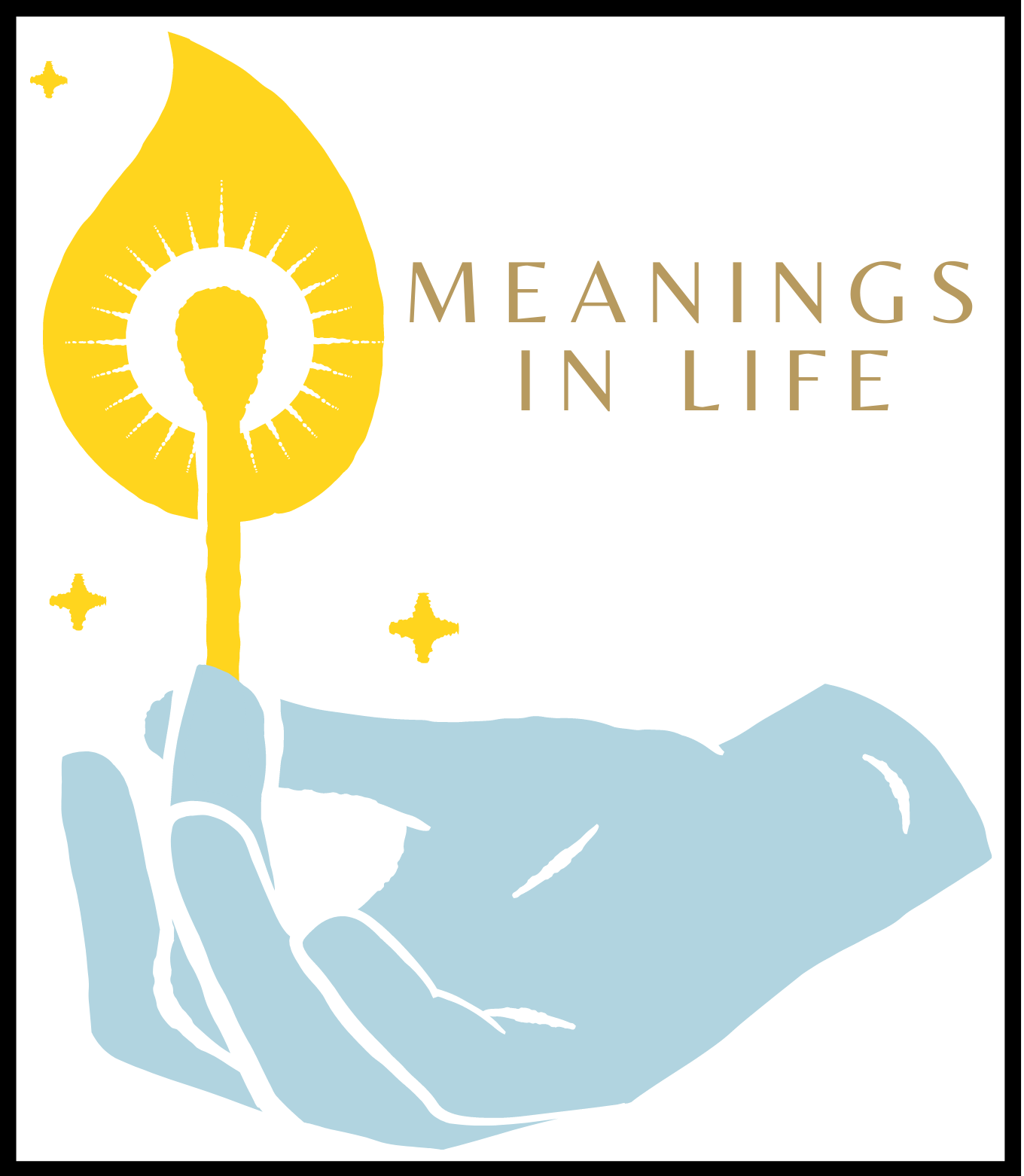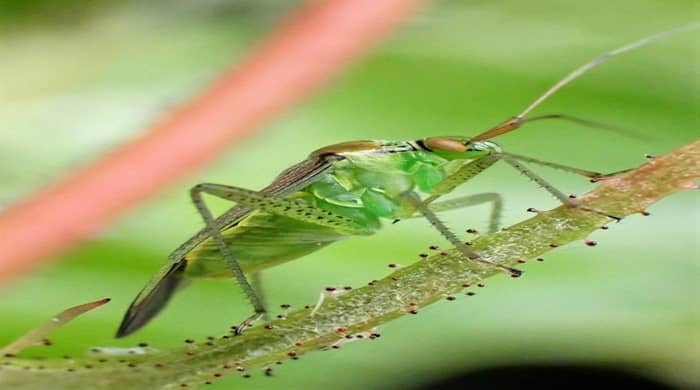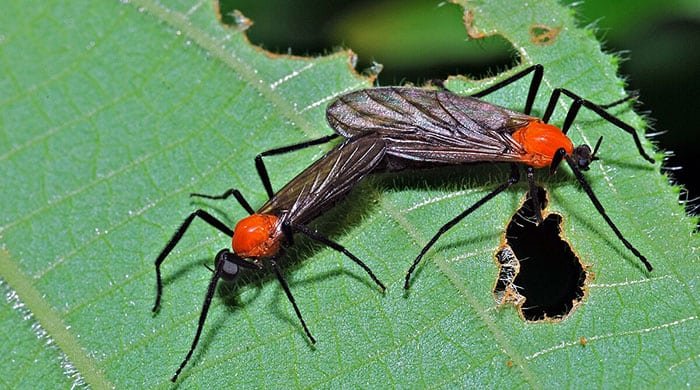Katydids: More Than Just a Bug
If you’ve ever spent a warm summer evening outdoors, chances are you’ve heard the distinctive, rhythmic chirp of the katydid. These fascinating creatures are more than just garden-variety bugs; they’re intricate beings with a captivating natural history and a remarkable ability to blend into their surroundings.
Katydids belong to the Tettigoniidae family, which boasts over 6,400 species spread across various habitats worldwide. Their striking green coloration and leaf-like appearance make them masters of camouflage in lush landscapes—traits that have made them objects of curiosity and symbolism throughout human history.
More than just interesting insects to observe, katydids play crucial ecological roles in their environments. They serve as pollinators and act as an integral food source for numerous animals including birds, bats, spiders and even other insects.
But there is more to these night-time serenaders than meets the eye – or ear! Their unique ability to create sound by rubbing their wings together (a process called stridulation) has made them an enduring symbol in folklore and spirituality.
In many cultures across time, from Native American tribes to Chinese societies, the appearance or song of a katydid carries deep spiritual significance. This seeming cacophony is considered by some as not mere noise but messages from the universe being channeled through these tiny creatures.
The Cultural Significance of Katydids in Various Societies
Believe it or not, these buzzing beings have managed to wriggle their way into cultural myths and folklore around the globe. In Native American traditions for instance, katydids are seen as harbingers of good luck.
Their song is often associated with change and the arrival of new beginnings. When a katydid crosses your path, it’s considered a signal to listen more deeply to your inner voice and intuition.
Meanwhile, in Chinese culture, the katydid is viewed as a powerful symbol of immortality. This belief stems from an ancient tale where the Tang dynasty poet Li Bai transforms into a katydid after his death.
Hence, these creatures are often associated with reincarnation and seen as indicators that departed souls have found peace in the afterlife. In other parts of Asia such as Japan and Korea, the song of the katydid is welcomed as an announcement of autumnal equinox.
The sound itself embodies the natural rhythm of life’s continual ebb and flow—a motif echoed by many poets who find inspiration in their soothing serenade. Furthermore, in various parts of Africa like Nigeria and Zambia, it’s believed that hearing a katydid sing at night foretells prosperity or abundance coming one’s way.
A Bug’s Life: Discovering Divine Messages through Katydids
Across cultures and continents, humanity has found ways to interpret nature’s symphony through its humble performers—the katydids counting among them. They urge us to remember our connection with nature by embodying resilience, transformation, growth—and serving as constant reminders that there are more profound messages waiting for us amidst nature’s melodies if only we take time to listen closely.
The Katydid’s Song: Messages from the Universe
Deciphering Nature’s Melodious Code: What are Katydids Really Saying?
If we pause and listen closely, nature is perpetually whispering her secrets to us. One such beguiling whisper comes in the form of a katydid’s song. Notably, this nocturnal orchestra is not merely an arbitrary symphony but a complex language.
The male katydids’ sonorous song serves as a mating call, attracting female counterparts by advertising their availability and virility. This sub-audible serenade varies greatly among different species of katydids, each with its distinctive melody.
Often, these melodies depend on various factors such as temperature and humidity. It could be said that they act almost like nature’s barometer, signaling changes in weather conditions.
Of course, it would be remiss to ignore the defensive aspect of their singing. When predators approach, some species unleash disconcerting sounds to startle them away or confuse them long enough to make an escape–a truly ingenious survival mechanism!
Melodies Across Cultures: Multifaceted Interpretations of a Katydid’s Song
The interpretation of a katydid’s call often varies across cultures; it’s inherent music interpreted through myriad cultural lenses. In many Native American cultures, for instance, the chirping of katydids is seen as a signifier of upcoming change or transformation – just like their metamorphosis process! In Chinese culture and folklore, they are considered good luck charms due to their striking ability to sense environmental changes before they happen.
Many Chinese sages believed that listening attentively to the songs of these critters could provide wisdom about changes in life and nature. In contrast, Southern American folklore often considers the first chirps heard at summer’s end as an omen, counting the number of chirps to predict how many more weeks until the first frost.
Interestingly, this folk method is backed by scientific research; there’s a correlation between a katydid’s rate of chirping and temperature. It seems that these unassuming insects indeed hold environmental wisdom in their rhythmic calls.
From being nature’s barometers to symbols of transformation and harbingers of change, the song of the katydid transcends its humble origins. It becomes a global melody carrying messages from the universe – some cautionary, others fortuitous but all universally fascinating.
Green for Go: The Symbolism of Color in Katydids
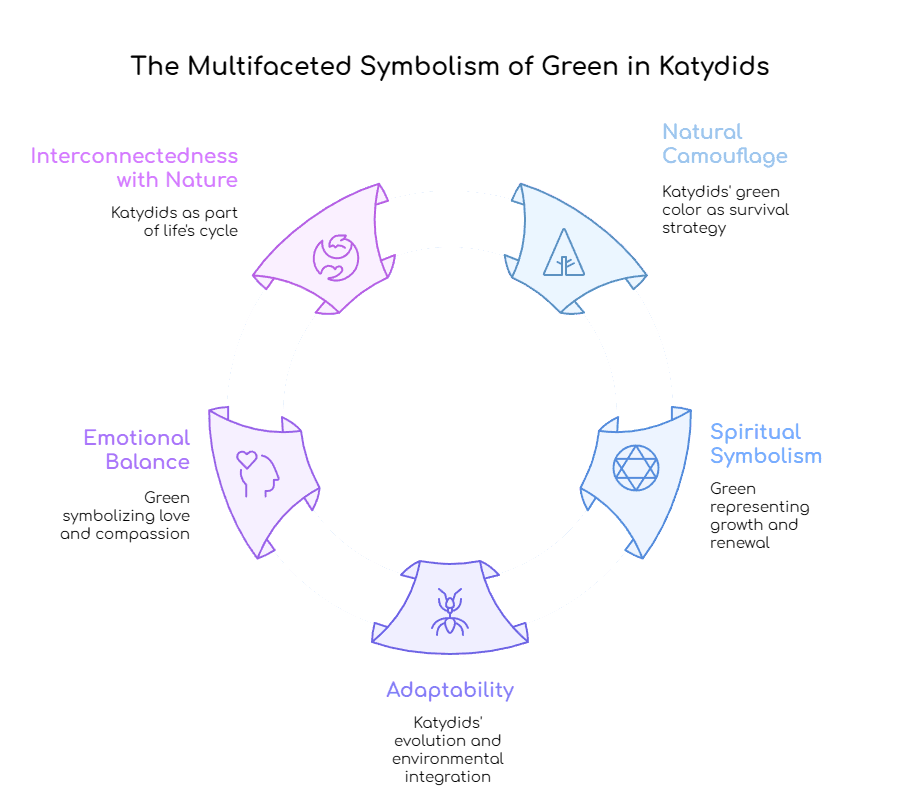
The Verdant Hue: Unpacking the Natural Camouflage of Katydids
Katydids, or bush crickets as they are also known, are primarily green in color. This isn’t a random quirk of nature but a carefully evolved strategy for survival.
Their vibrant viridian shade perfectly mirrors the foliage of their natural habitats, acting as an effective camouflage against predators. As they perch on leafy trees and shrubs, one could easily mistake them for leaves fluttering in the wind.
This evolutionary adaptation contributes to their longevity and hence their ability to propagate the species. The katydids’ innate understanding of blending with their environment not only provides physical safety but also lays out an exemplary lesson – adaptability is key to survival.
Many people find themselves intrigued by the life strategies employed by these otherwise overlooked insects. After all, there’s something profoundly relatable about finding ways to blend into our environments while still maintaining our unique identities.
Emerald Echoes: Delving into Green Color Symbolism
In spiritual terms, green is a color that resonates deeply with abundance, growth, renewal and life itself – concepts that align perfectly with the essence of a katydid. Much like spring signifies new beginnings after winter’s end, green is symbolic of hope and restored vitality.
The color green often represents balance and harmony too by bridging the gap between heart (representing emotions) and head (signifying intellect). Hence, when we see katydids in their vivid hues of green or hear them singing at twilight beneath moonlit skies, it could be signifying emotional balance we need to achieve or regain in our lives.
Furthermore, green corresponds strongly with heartfelt emotions such as love and compassion – feelings that breed understanding among living beings. For some individuals seeing a katydid or having this critter as their spirit animal, it might symbolize a call to open their hearts and minds to love and compassion.
Green Light: Significance of Green in Katydids’ Spiritual Symbolism
To look at a katydid is to see an embodiment of nature’s cycle: a harmonious rhythm of life and death, change and continuity, growth and decay. The green hue of the katydid not only represents its natural camouflage but also the deeper spiritual connotations associated with its color.
These unassuming insects symbolize an innate wisdom that resonates with our own journey towards self-realization. The color green they so beautifully wear is symbolic of their silent message about adaptability, renewal, balance, love and compassion – universal truths we all seek validation for in our lives.
So next time you see the gentle fluttering of these leaf-like creatures or hear their evocative song on a quiet evening, remember the powerful lessons they bring forth through their simple existence. They serve as a beautiful reminder: we too are part of this interconnected web of life – forever growing, transforming and finding ways to adapt.
Life Cycle Lessons: Metamorphosis and Transformation

Embarking on a Journey: Understanding the Life Cycle of a Katydid
The life cycle of a katydid is a fascinating journey, punctuated by stages of birth, growth, transformation, and rebirth. These insects are born from eggs that are usually laid in the late summer or fall. The female katydid plants these eggs in plant stems or bark crevices where they will remain safe during winter.
As spring arrives, the juvenile Katydid – known as nymphs – hatch from their eggs. These nymphs resemble miniaturized adults but without wings.
In this period, they undergo a process called molting – shedding their outer skin – as they grow larger. This phase happens multiple times as the nymph matures into an adult Katydid over summer.
Summer’s end brings fully matured Katydids who now bear wings and have reproductive capabilities. Their life purpose reaches its peak during this period where mating occurs, and new eggs are laid to continue the cycle before winter ushers in their quietus.
Mirroring Metamorphosis: Parallels between Human Spiritual Growth and Insect Metamorphosis
Much like the metamorphosis experienced by these captivating creatures, humans too navigate through transformative stages within our spiritual journeys — each phase instrumental in molding us into stronger versions of ourselves. The infancy stage can be likened to when we first start exploring our spirituality — we’re full of curiosity but lack understanding or direction much like the newly hatched nymphs who must learn to navigate their environment. As we grow spiritually — akin to how nymphs molt repeatedly in order to develop fully — old beliefs are shed away while our minds expand with newfound knowledge and experiences.
This stage can be filled with challenges that test our resilience but ultimately lead to growth. The stage of maturity resonates with us reaching a certain level of spiritual insight, paralleling mature katydids who are now capable of reproduction.
At this point in our spiritual journey, we may be prompted to share our wisdom and nurture others venturing on their own paths. And like the seasonal life cycle of a Katydid, our spiritual growth is also cyclical — an eternal dance between learning, evolving, sharing, and transforming again.
Nighttime Nymphs: Katydids and Lunar Connections
Why Do Katydids Sing at Night? Unraveling Their Nocturnal Behavior
The Melodies of the Moonlight
Katydids are creatures of the night, notoriously known for their cacophonous symphony that breathes life into the stillness. But why do they sing solely when darkness blankets the earth? The answer lies beyond practicality and ventures into realms of survival and adaptation.
Firstly, their nighttime serenades are part of a complex mating ritual. The males produce a distinct song by rubbing their wings together in an attempt to entice females.
This ‘stridulation’ is katydid’s version of romantic wooing, heightened under the cover of night for better acoustics and lower predator activities. Secondly, nighttime is when these verdant vocalists can truly shine without becoming a target.
Their green hue blends perfectly with foliage during the day, providing them an effective camouflage against predators. Come nightfall, it is safer to audibly advertise their presence while still effectively hidden amidst darkness and verdant vegetation.
Moon Symbolism and Its Link to the Spiritual Meaning of A Katydid
Basking in Lunar Luminescence
Now that we’ve delved into why katydids sing at night let’s explore how this ties into lunar symbolism and spiritual interpretations. In many cultures, the moon represents mystery, intuition, dreams – all themes that resonate deeply with nocturnal beings like our melodious katydid.
The moon is also often connected with femininity due to its cyclic nature aligning with female biological rhythms – a notion echoed in katydid behavior as it’s predominantly male members who perform nocturnal serenades to attract females. Furthermore, since lunar cycles influence the behavior of many nocturnal species, we can draw parallels between these cycles and the life stages of a katydid.
Just as the moon transitions through phases, so do katydids metamorphose from nymphs to adults. This cyclic transformation can be interpreted spiritually as embracing change and growth in our own lives.
Moonlit Mantras
Incorporating all this symbolism, katydids can be seen as messengers that remind us to listen to our inner voice (the nocturnal song), embrace our feminine intuition (lunar influence), and accept change as an intrinsic part of life’s journey (metamorphosis). Their nightly chorus sings not only of survival but also imparts wisdom on leading a balanced, aware existence.
Their association with lunar symbolism further enhances the spiritual meaning they carry. By observing and understanding their nocturnal nature, we can gain fresh perspectives about our personal spiritual journeys.
The Katydid as a Spirit Animal or Totem: Tuning into The Cosmic Chirp
When the katydid presents itself as your spirit animal, it’s an invitation to tune into the cosmic chirp – a signal to start listening more attentively to the subtle vibrations around you, and within you. This humble insect, with its distinctive song, serves as a unique spiritual guide, encouraging us to deepen our senses and interpret nuanced messages from the universe. It’s not just an ordinary bug; it’s a symbol of spiritual expansion and heightened awareness.
Attracting or identifying with the katydid as your spirit animal is emblematic of many things. It portrays an inherent connection with nature’s rhythm and melody; it prompts introspection about how we communicate with ourselves and others.
But more importantly, it introduces us to a realm beyond physical perception where we begin perceiving vibrations rather than mere sounds or sights. This connection signifies that our internal growth is aligning with the natural cadence of life.
Spirit animals serve as compassionate guides on our life path, giving us insight into our own personality traits and characteristics. If drawn towards this nocturnal crooner, take some time out for meditation or mindfulness practice in nature when these divine singers are most active – nights that are still warm from summer’s touch but touched by autumn’s breath.
The Chirp of Change: Decoding Attributes of Transformation, Sensitivity & Communication
The attributes associated with the katydid are intriguing indicators of personal transformation – synchronicity in thoughts leading to action; sensitivity- both emotional intelligence & sensory perception; And communication– clarity in expressing one’s own feelings. As such when this creature becomes your spiritual guide or totem you can expect profound changes at multiple levels. Adept at camouflaging themselves within their environment, katydids demonstrate the importance of adaptability and transformation in the face of changing circumstances.
This subtle trait suggests that we too can reinvent ourselves – shed our old skin, beliefs, habits – not to blend in but to resonate with our true essence. When we embrace this attribute of personal transformation, we embark upon a journey of self-discovery and growth that brings us closer to our authentic selves.
And then there’s their song – a unique language they’ve crafted out of vibrations. Known for their remarkable sensitivity to sound waves, these winged musicians encourage us to enhance and trust our intuition.
They coax us into being more sensitive towards the energies around us which in turn improves how we communicate with others and interpret non-verbal signals. So while the katydid sings its nocturnal serenade, it indirectly invites us to attune ourselves better with everything around us and create a harmony that resonates within.
Katydids in Dreams: Decoding Messages from our Subconscious
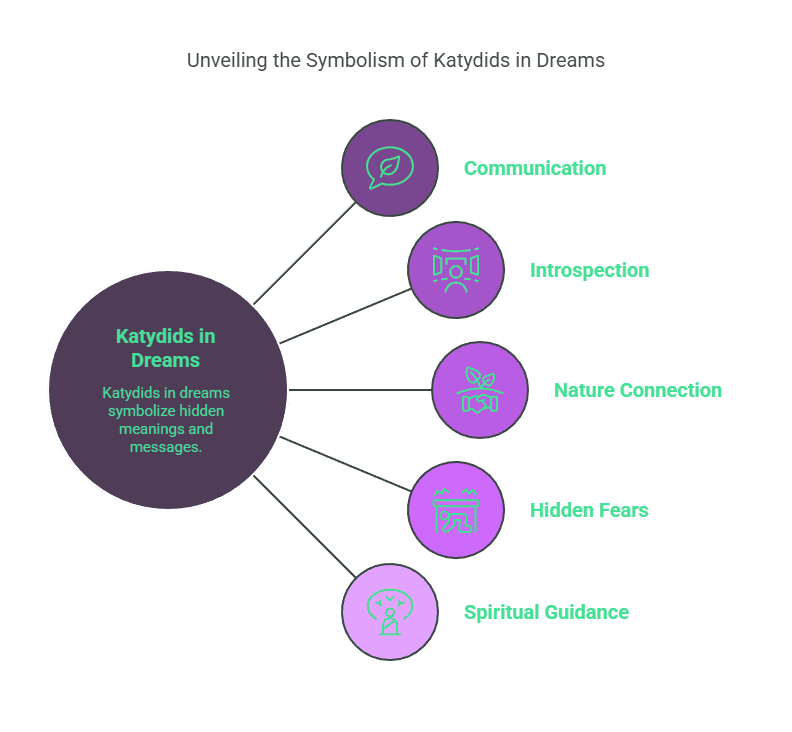
Dreaming with Katydids: Unraveling the Hidden Meanings
In the complex tapestry of our dreams, every element carries a meaning, and every symbol is a message waiting to be decoded. When a katydid appears in your dreamscape, it may seem insignificant but remember that these creatures carry profound symbolic meanings.
Dreaming about katydids often indicates the need to listen more attentively to what is being communicated around you – just as they use their unique song to communicate with each other. The appearance of a katydid in your dream could also point towards aspects of yourself that are hidden from others or even yourself.
It invites you to delve into introspection and self-awareness. The green color of the katydid might be prompting you to reconnect with nature or hint at personal growth and renewal.
Moreover, because these insects are most active at night, dreaming about them might signify hidden fears or secrets coming up from your subconscious. An unusual number of katydids could point towards feeling overwhelmed by noise or distractions in your waking life.
A Guide on Your Spiritual Journey
Dreams are not merely random images playing out during sleep; they can guide us on our spiritual journey. When a katydid appears in your dream, it’s like getting spiritual advice straight from Mother Nature herself.
Depending on the context and details of your dream, seeing a katydid might be calling you towards transformation – just like how these fascinating insects go through different stages during their life cycle before reaching adulthood—signifying metamorphosis and change. Katydids are primarily solitary creatures; hence dreaming about them could suggest that this is a time for self-discovery and self-reliance on your spiritual path.
Consider taking some alone time for soul-searching and spiritual exploration. Remember, dreams are deeply personal; therefore, the true meaning of your katydid dream will depend on your feelings, experiences, and the current situation in your life.
It is always crucial to reflect on what resonates with you personally. The wisdom of nature is everywhere around us—even in our dreams.
So the next time a katydid appears while you’re lost in your slumbering world, listen to its song. It might just be leading you along an enlightening journey of self-discovery and spiritual growth.
Embracing the Spiritual Chirp: The Harmonious Hymn of Nature
In the course of this discourse, we have traversed through the intriguing world of katydids, imbuing them with a spiritual potency that transcends their mundane existence as an insect species. We have listened to their night-time symphony, and sought deeper meaning in the cadence of their song.
Katydids are no longer mere creatures flitting through nature’s canvas; they stand as profound symbols of transformation, sensitivity and communication. As we unveil layers beneath their green exterior, we discover a rich tapestry of lessons that parallel our own human experience.
Their vibrant metamorphosis from nymph to adult mirrors our journey towards spiritual growth and self-realization. The nocturnal serenade belted out by these creatures serves as a reminder that even in darkness there exists melody and hope.
The Resounding Echo: A Reminder of Our Inner Strength
The katydid’s song is not merely an auditory delight but a resonating echo urging us to embrace our inner strength. When life disrupts our rhythm or drowns our voice, may we remember the resilient katydid that sings on undeterred by the night’s silence. This seemingly insignificant insect embodies endurance and adaptability; qualities that are paramount for survival amidst life’s constant change.
In its delicate balance with nature—where it thrives despite being a part of many predators’ food chain—the katydid teaches us about harmony and coexistence. It reminds us to respect every element in our environment, understanding each one has its place in maintaining the equilibrium.
A Green Beacon: Guiding Us Towards Personal Transformation
The vivid green hue peculiar to most katydids is an emblem representing growth, renewal and prosperity. As we navigate through life’s ebb and flow, may this spiritual symbol inspire us to spur personal growth, renew our resolve, and aspire for prosperity not solely of a material kind but in terms of wisdom, empathy and inner peace.
As we introspect on the spiritual significance of katydids in our day-to-day life or in our dreams, we uncover vital cues that help us comprehend our subconscious mind’s subtle messages. These revelations can guide us towards an enlightened path strewn with inner harmony and tranquility.
Conclusion: A Whispering Wind Carrying Melodies of Insight
In essence, understanding katydids is akin to understanding ourselves. They reflect our inherent capabilities—our ability to metamorphose, adapt and coexist harmoniously. Their song serves as a potent reminder that even amidst challenges, we have the capacity to create a melody resonant with hope and resilience.
Ultimately, they inspire us to cherish these lessons wrapped within their green cloak and nocturnal notes—lessons about life’s rhythms, nature’s balance and our own spiritual awakening. So next time when you hear the chirp of a katydid remember these words – ‘Every small creature has a significant role in this grand universe including teaching mankind valuable spiritual lessons’.
